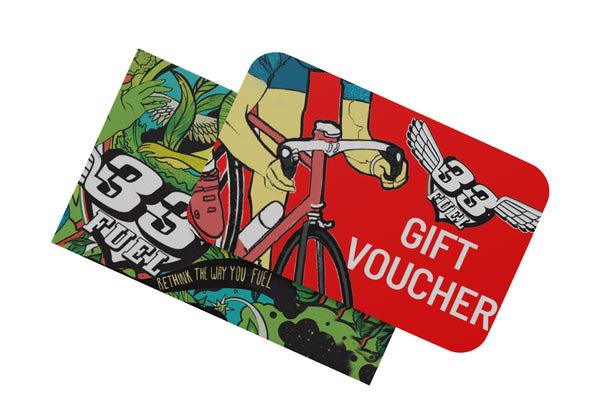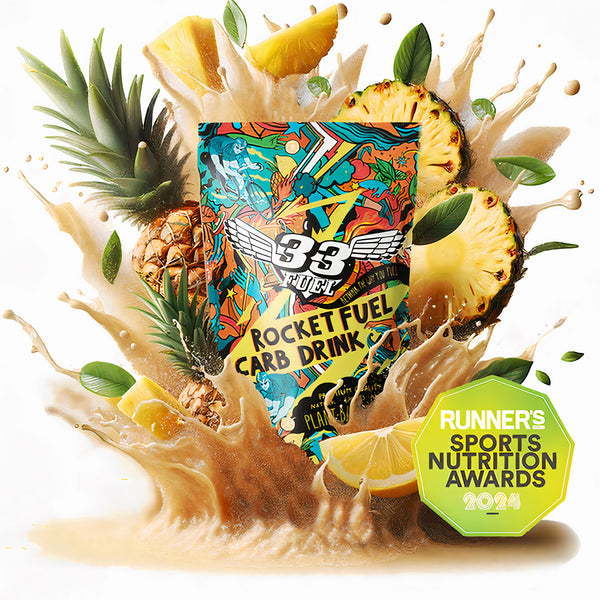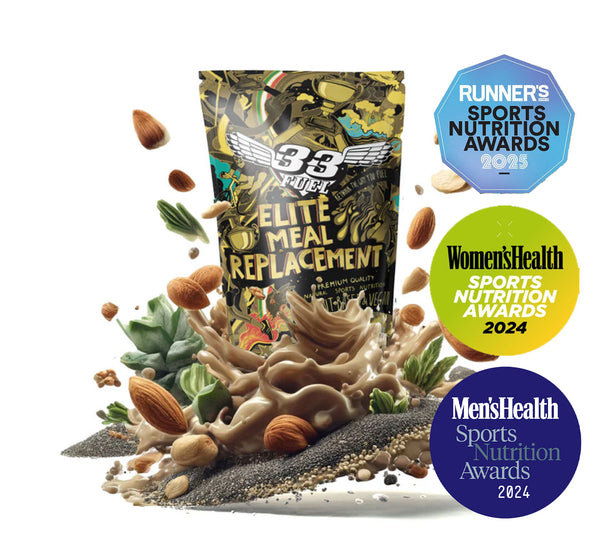8 easy heat training tips

Summer is here and we can finally spend more time training outdoors! But higher temperatures impact training gains, so here's eight easy heat training tips to help you get in the best shape this summer
1. Keep hydrated
Dehydration leads to significant losses in performance and being too dehydrated for too long can have bad health consequences.
First and foremost, make sure you know the signs of dehydration:
- Dizziness
- Feeling lightheaded
- Dry lips, mouth and skin
- Decreased performance
- Dark urine
To avoid the above, we suggest conducting a little experiment to determine how much you sweat during exercise. One great way is a sweat test.
Shop our award-winning sports nutrition
Here’s how to perform a sweat test:
- Weigh yourself wearing the kit you’re about to train in
- Train for one hour
- Record how much fluid you consume during your hour's training
- Weigh yourself immediately after training
- To calculate sweat lost, subtract your post-exercise weight from your your pre-exercise weight then add the amount of fluid consumed. The difference in kg is how many ml of fluid you lost in sweat
2. Adapt your zones
The key here is to train by effort, not pace. After overcooking myself on many occasions by trying to hold ‘normal’ pace and power in hotter climes, I finally learnt my lesson and now expect a drop in performance of around 30% once the temperature goes over 28⁰C. I just struggle in the heat.

When the sweat patches take over your clothing, it’s time to leave pace at home and focus instead on perceived exertion
Each individual’s personal decrease will be different, but we all lose some performance in the heat.
It’s easy to understand why: as you exercise, your body works hard to keep cool. But the main mechanism for doing so – sweating – is less efficient when the air temperature is higher. Add humidity too and it gets harder again. The only way to keep your internal thermostat happy is by lowering the effort level.
Heart rate (HR) – rather than pace or power – will give you a better indicator of how hard you’re working. You’ll probably find that paces which usually stimulate a low HR are that much slower for the same beats per minute when the temperature cranks up.
Alternatively you can go by rate of perceived exertion (RPE) on a simple 1-10 scale with 1 being lying on the sofa and 10 being an all-out sufferfest, and use this to maintain a constant effort without forcing an unnatural pace.
3. Little and often
When the mercury rises, think frequency not duration. Got a 90 minute run planned? Split it into two 45 minute sessions. You’ll still get the training volume in but will have time to cool down and recover between each.

Break down your training sessions into smaller chunks to allow your body to cool and adapt between bouts of exercise
Some have even posited that splitting a session like this adds a different training stimulation compared to doing the session all in one. Running for 45-minutes in the morning and then having to get up and out again later in the day is mentally tough and you’ll have fatigue in your legs. So, chop down those long sessions and embrace those double days!
4. Dress appropriately
Go to a gym like mine and you’ll spot the regulars on the treadmill clad head to toe in hoodies and jogging bottoms. I believe the thinking behind this dress-code is that they’ll lose more weight and I’m sure that’s right - training indoors dressed like an Inuit will result in a lower number on the scales, but of course this is simply lost water (and minerals) and they’ll be at a dodgy risk of dehydration.
If you want to train optimally in the heat, dress for the conditions. Get proper wicking materials to ensure sweat can evaporate. I even recently bought a pair of arm coolers (as opposed to arm warmers) for cycling. They’re super lightweight but have an inbuilt SPF 50 factor - ideal to cover up exposed skin while keeping cool.

Dress sensibly for the conditions and you’ll perform much better
5. Make wise route choices
I made this mistake myself just a few weeks ago. Living near a canal, I hit the towpath with a skip in my step, full of enthusiasm. I got lost deep in an excellent podcast (with that in mind, here’s our Top 14 podcast recommendations) and found I was nearing the end of my planned mileage… having not turned around at the halfway mark. Seven miles from home on a baking day with no water in sight save for the murky canal water which was looking ever more enticing, I called the meat wagon – my partner – who kindly came to pick me up!
There’s no need to find yourself in this situation, so make sensible route choices and consider doing loops if you’re not fortunate like me to have a wagon available to scoop you up when needed!
6. Wear sunscreen (but not too much)
There’s a balance to be had here.
It drives me a bit nuts when you see people lather on the sun cream the moment the sun peeps from behind the clouds. Exposure to the sun’s rays are by far the best source of Vitamin D - an absolutely crucial nutrient for health - so applying some balance will help you maximise the best of both worlds.
Of course, burning needs to be avoided but some exposure is good for you. Our guide to sensible sun exposure will help you determine how much is optimal to top up Vitamin D levels and when it’s time to get the cream on.

Wear sunscreen, but use it wisely to maximise the benefits of Vitamin D
7. Take it indoors
Make friends with the treadmill, turbo trainer or at-home exercise class. Get a good fan and turn it up to max velocity and feel that breeze!
8. Don’t run
Let’s face it. Running’s tough. And in hot conditions it feels so much harder than other sports. At least cycling you’re generating your own wind and thus aiding cooling. So swap out the run training – particularly the intense sessions – and jump on the bike or get in the pool instead. You can still work your heart and lungs without risking burnout
Training in the heat – conclusion
So much of this is common sense but when you’re in a rush to squeeze your training in, it’s easy to forget these simple wins. For me, the most important of the above tips is #2 – adapt your zones. Don't stress that you’re not hitting your normal paces and targets. It’s to be expected and chasing cool-climate paces will do nothing but tire you excessively and leave you fatigued for further training.
33Fuel’s chia energy gels contain Himalayan pink salt – full of natural electrolytes to replace those lost through sweating. Made best with your favourite brew for the ultimate natural caffeine energy gel
More performance boosting content
From the Vlog - How to lose weight eating your favourite foods
From the Podcast - Eat Clean, Run Dirty with Jess Vandenbush
From the Blog
Run fast and long while low carb
Avoid these 10 endurance training mistakes
Long run gains without the time investment













